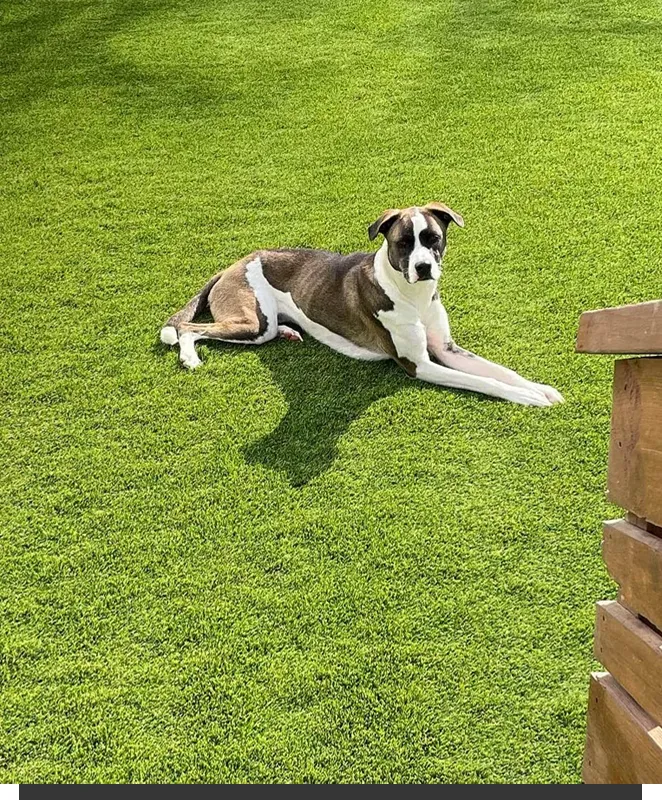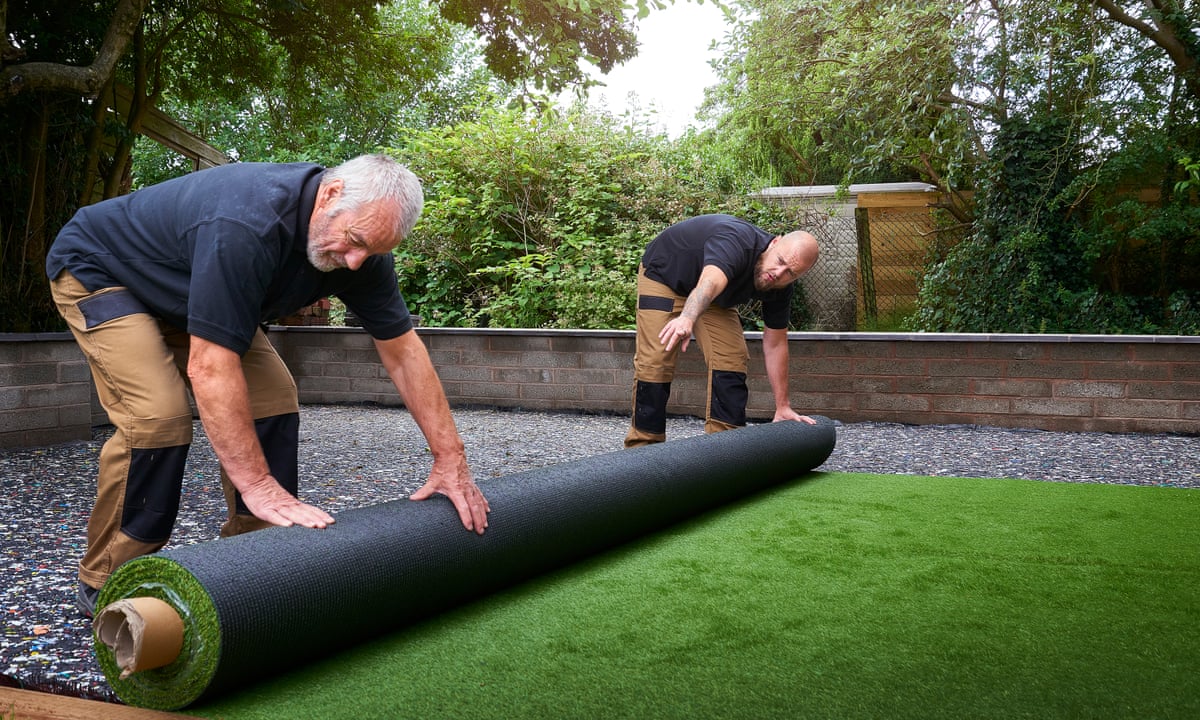Just How Does Artificial Turf Setup Transform Your Landscape?
The setup of man-made grass provides a complex chance for landscape change, providing a mix of aesthetic improvement and functional advantages. Past the immediate aesthetic allure of a regularly eco-friendly room, artificial turf significantly lowers maintenance demands and water intake.
Advantages of Synthetic Grass
When thinking about landscape design remedies, the advantages of man-made turf ended up being significantly evident. One of the most considerable benefits is its reduced maintenance demands. Unlike all-natural yard, which requires normal mowing, watering, and fertilizing, synthetic grass keeps its rich look without these labor-intensive jobs. This permits homeowner to assign their time and sources to various other quests.
In addition, synthetic grass gives a constant playing surface, making it ideal for entertainment locations and sporting activities areas. Mesa artificial grass. Its longevity guarantees that it can endure hefty foot traffic without the wear and tear connected with all-natural grass, thus promoting year-round use
Environmental benefits likewise play an important duty in the charm of synthetic grass. By removing the requirement for herbicides and chemicals, it adds to a much healthier ecological community. In addition, the reduction in water usage is substantial, particularly in locations susceptible to drought.
Moreover, synthetic turf boosts aesthetic appeal, offering a vibrant eco-friendly landscape that remains consistent throughout the periods. This consistency can boost residential property value and visual allure, making it an appealing alternative for organizations and home owners alike. In summary, the countless benefits of man-made turf make it a compelling selection for modern-day landscape design options.
Cost Financial Savings Over Time

Firstly, synthetic grass removes the need for recurring costs associated with water, fertilizers, chemicals, and lawn maintenance solutions (Arizona artificial grass). Home owners can expect to conserve considerably on their water expenses, specifically in regions vulnerable to dry spell, where irrigation of all-natural grass can end up being much too expensive. In addition, the decreased demand for chemical treatments not just lowers expenses but additionally minimizes labor expenditures related to yard treatment
Furthermore, synthetic grass is developed for durability, lasting between 15 to 25 years with correct upkeep. This longevity implies less repairs and substitutes, leading to more financial savings. Over time, the cumulative monetary advantages of man-made lawn can dramatically exceed the first expenses, making it a sensible investment for those seeking to enhance their landscapes while additionally managing their spending plans properly. In summary, the long-lasting cost financial savings related to fabricated lawn make it an attractive option for house owners looking for both aesthetics and financial vigilance.
Ecological Influence
The environmental impact of man-made grass is a topic of considerable passion and debate. Proponents argue that artificial turf preserves water, as it removes the requirement for irrigation, which is particularly valuable in deserts. This water preservation can bring about minimized pressure on neighborhood water resources and lower energy costs for homeowners. Furthermore, synthetic grass removes the need for chemical fertilizers and chemicals, which can present threats to regional environments.
Nonetheless, issues regarding the environmental footprint of synthetic grass persist. The manufacturing of synthetic products typically needs considerable power and oil resources, adding to carbon emissions. When synthetic turf gets to the end of its life cycle, disposal can end up being problematic, as many products are not naturally degradable and can finish up in land fills (Mesa artificial turf).
An additional location of worry is the capacity for microplastics to seep into the dirt and rivers, which could adversely affect aquatic life and communities. Therefore, while synthetic grass provides specific ecological benefits, it additionally positions challenges that warrant careful consideration. Balancing the advantages of water preservation with the ecological impacts of manufacturing and disposal is important for making informed landscape design decisions.
Style Adaptability
Fabricated turf opens up a globe of design adaptability, permitting home owners and landscape engineers to produce visually pleasing and functional exterior spaces. Unlike standard grass, man-made grass can be tailored to fit various motifs, styles, and purposes, boosting the overall landscape layout.
One of the key advantages of synthetic grass is its adaptability. It can be seamlessly incorporated right into diverse atmospheres, from contemporary gardens to rustic patios. Property owners can pick from a range of appearances, colors, and stack heights, making sure that the lawn matches existing functions and building components. This customization reaches one-of-a-kind installations, such as curvilinear styles, which can create eye-catching focal factors and vibrant formats.

Upkeep and Longevity
With minimal maintenance required, synthetic lawn uses a practical remedy for homeowners seeking a low-maintenance landscaping option. Unlike natural grass, which requires routine mowing, watering, and fertilizing, artificial turf substantially minimizes the time and initiative needed to keep an appealing backyard.
The longevity of man-made turf is an additional engaging advantage. Commonly, fabricated lawn can last in between 15 to 25 years, depending on the top quality of materials utilized and the degree of foot website traffic it endures.
Additionally, upkeep tasks for artificial grass are simple. Occasional cleaning to keep the blades upright, washing to get rid of particles, and click site periodic infill replenishment are usually enough to maintain its appearance and functionality. This simplicity of maintenance permits home owners to enjoy their outdoor areas without the problem of comprehensive labor.
Conclusion
To conclude, synthetic grass installment significantly boosts landscapes by supplying a vivid, low-maintenance alternative to all-natural lawn. The advantages include significant price financial savings, a favorable ecological influence via reduced best site water use and chemical therapies, and exceptional design convenience that fits different exterior aesthetics. Furthermore, the toughness of man-made grass makes certain durability even under heavy foot web traffic. Generally, synthetic grass becomes a lasting and sensible remedy for changing outside areas into aesthetically appealing and practical settings.

In final thought, synthetic turf installation substantially improves landscapes by supplying a vibrant, low-maintenance choice to all-natural lawn.